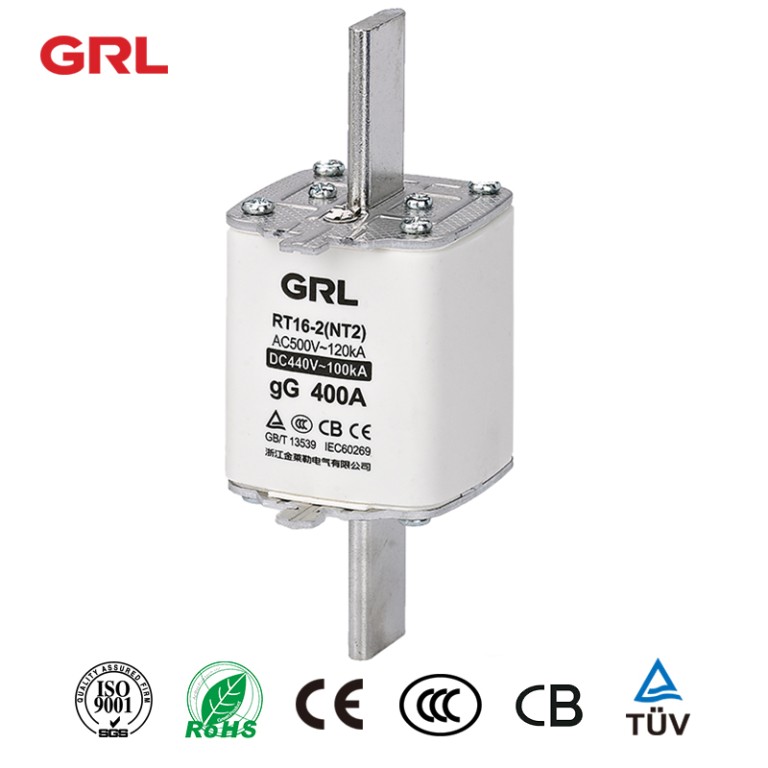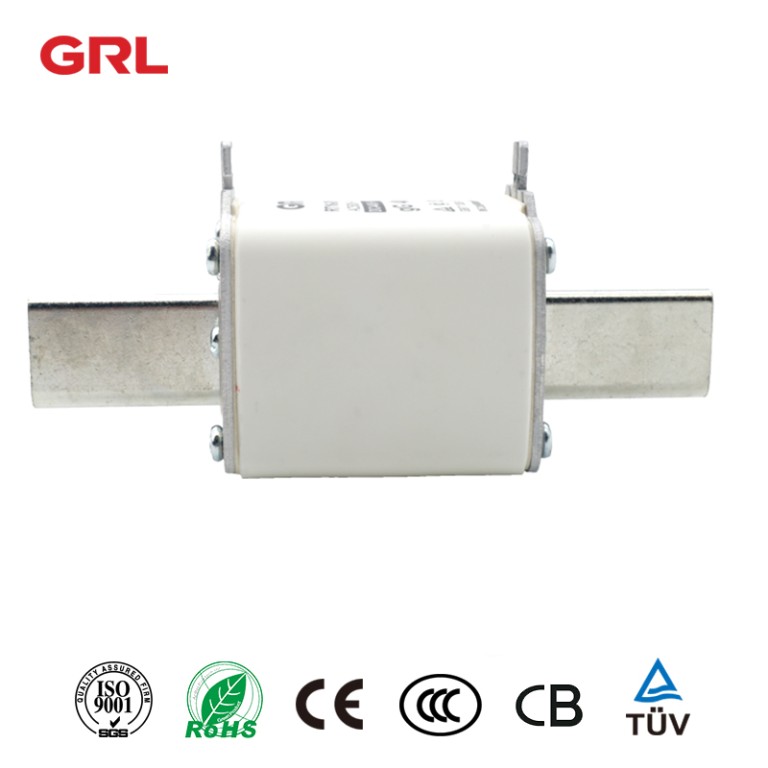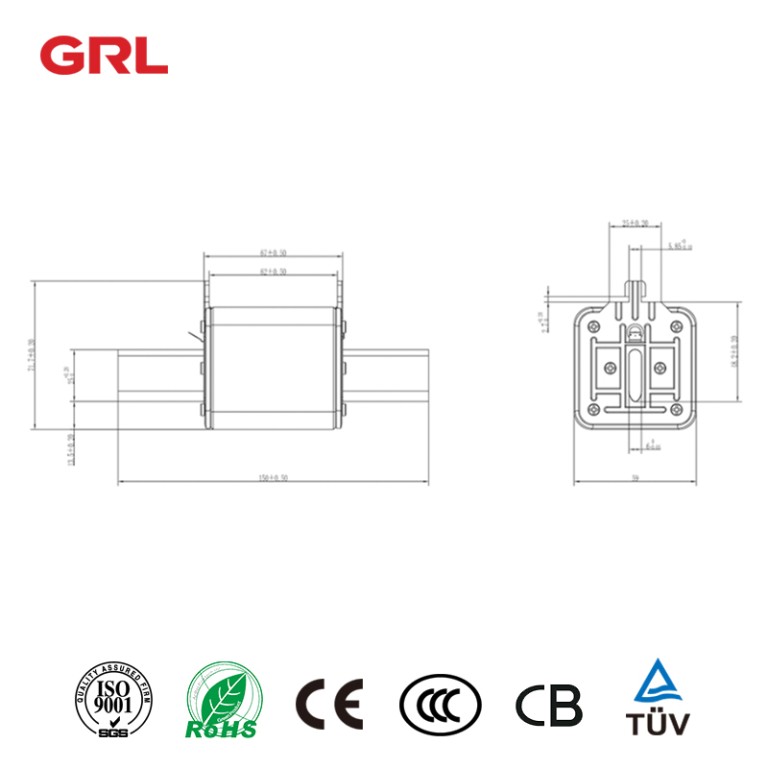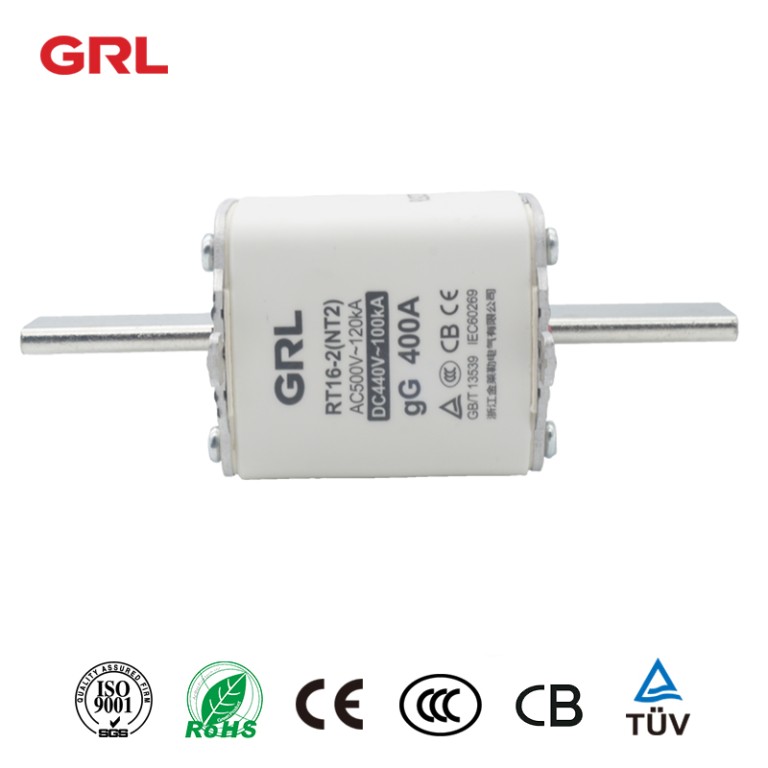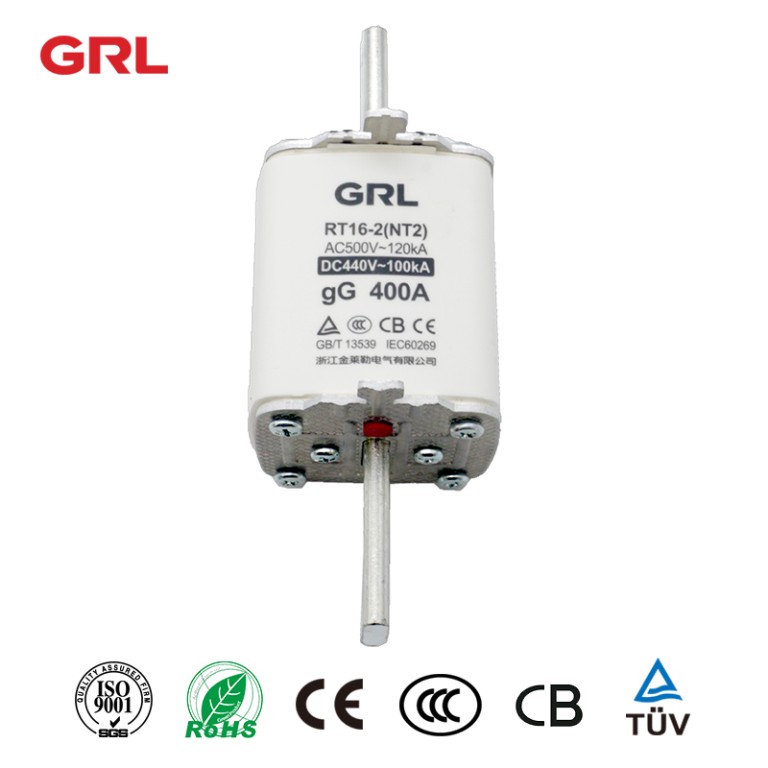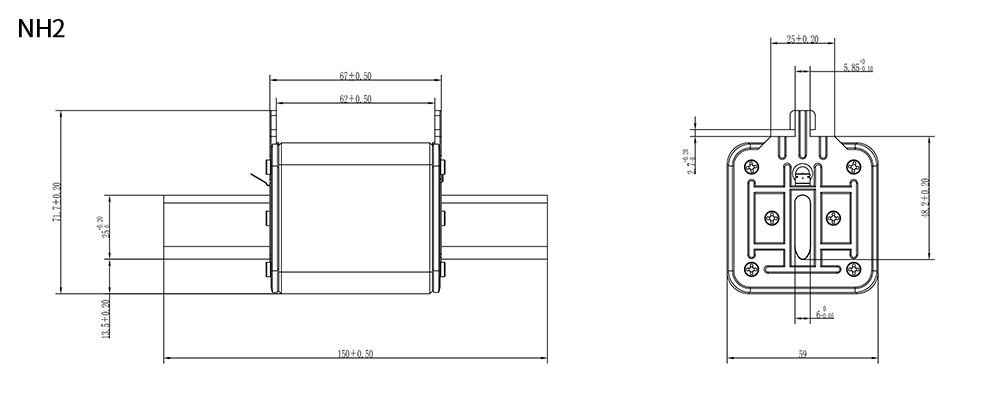Fuses are electrical safety devices designed to protect electrical systems from overcurrents. They consist of a thin wire or metal strip that melts when the current exceeds the rated value, breaking the circuit and preventing further damage. fuse link autozone
Fuses can be found in a wide range of applications, from household electronics to industrial machinery. fuse link autozone
Fuse formation begins with the selection of materials for the fuse element, the metal wire or strip that will melt and break the circuit when current exceeds a predetermined level. fuse link autozone
The choice of material depends on the application and the desired performance characteristics of the fuse, such as the time delay before melting and the speed of response to overcurrents.
Common materials used for fuse elements include copper, silver, and aluminum. Copper is often used for low voltage applications, while silver is used for high current applications due to its low resistance and high melting point.
Aluminum is lightweight and cost-effective, making it ideal for use in automotive and consumer electronics.
Once the material for the fuse element has been selected, it is formed into a thin wire or strip. The wire or strip is then coated with a layer of insulation to protect it from the environment and prevent unwanted interactions with other components in the circuit.
The next step in fuse formation is the assembly of the fuse body, which typically consists of two metal end caps or ferrules that are crimped onto the ends of the fuse element.
The end caps or ferrules are made from materials that are compatible with the fuse element, and are designed to provide a secure and reliable connection between the fuse and the circuit.
Once the fuse body is assembled, it is tested to ensure that it meets the desired performance characteristics, such as the rated current, voltage, and time delay. Testing may involve subjecting the fuse to a range of overcurrents and measuring the time it takes for the fuse element to melt and break the circuit.
Fuses are available in a wide range of sizes and ratings, from small surface mount fuses used in consumer electronics to large fuses used in industrial equipment. The size and rating of the fuse depend on the current and voltage of the circuit being protected, as well as the desired level of protection and response time.
In summary, fuse formation is a multi-step process that involves the selection of materials, formation of the fuse element, assembly of the fuse body, and testing to ensure that it meets the desired performance characteristics.
Fuses are essential safety devices that protect electrical systems from overcurrents, and are available in a wide range of sizes and ratings to meet the needs of various applications. fuse link autozone
 Product drawings
Product drawings